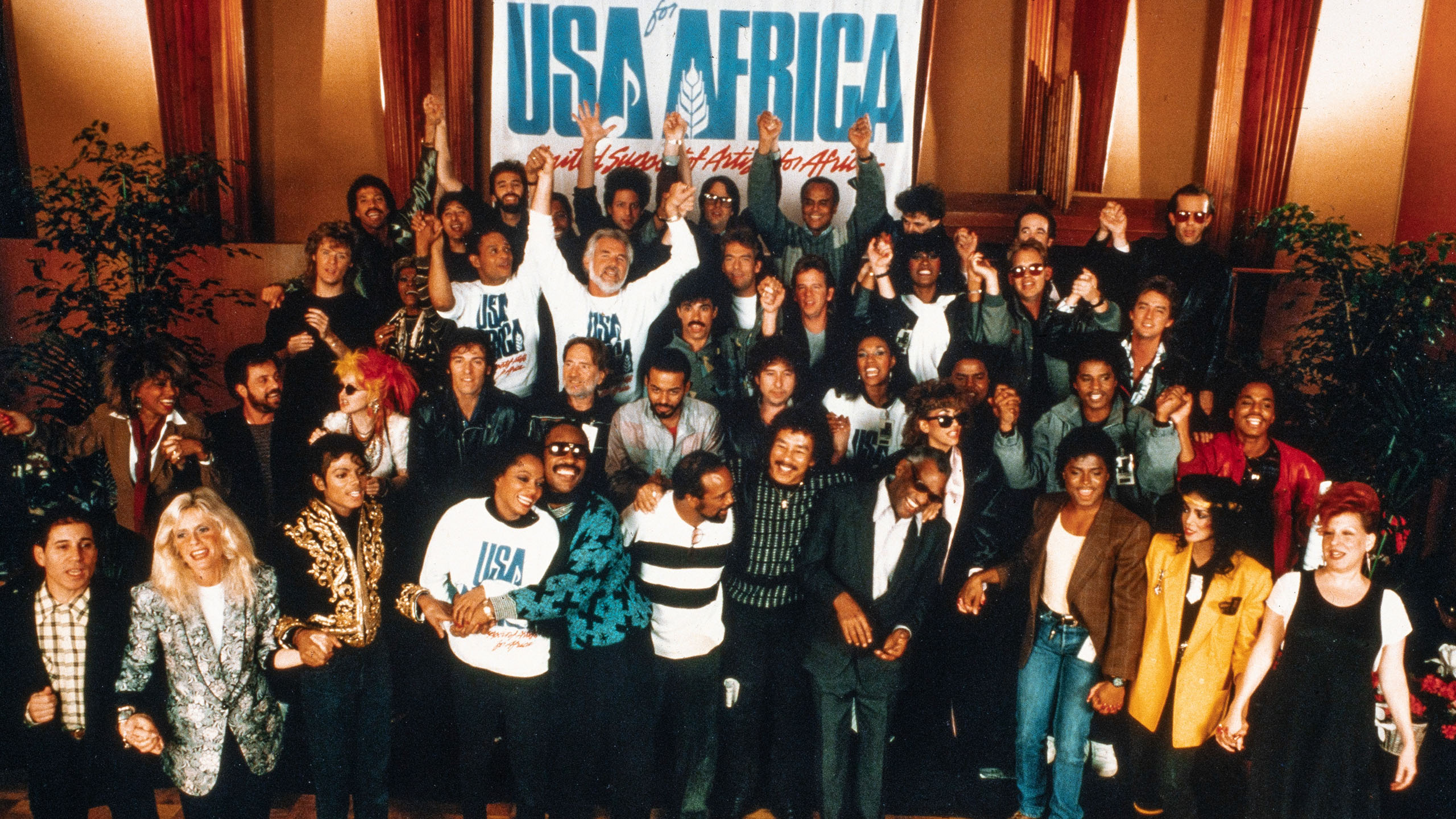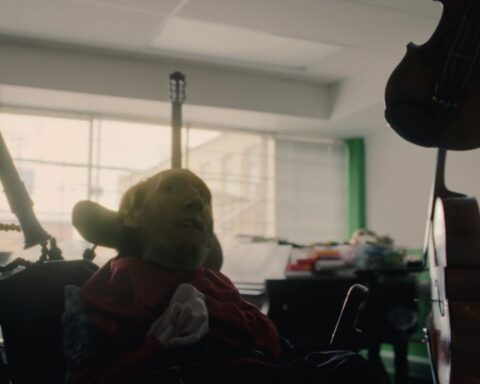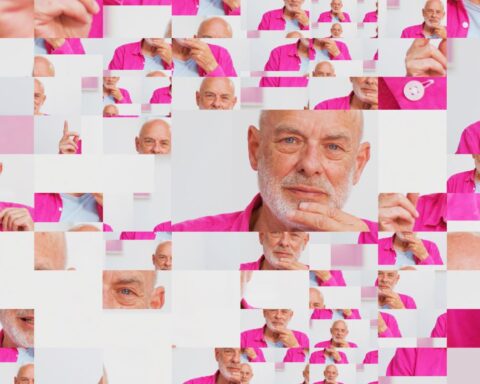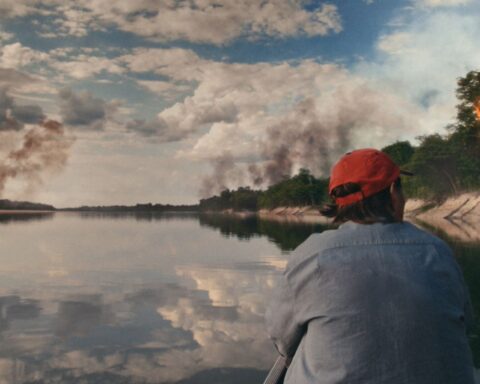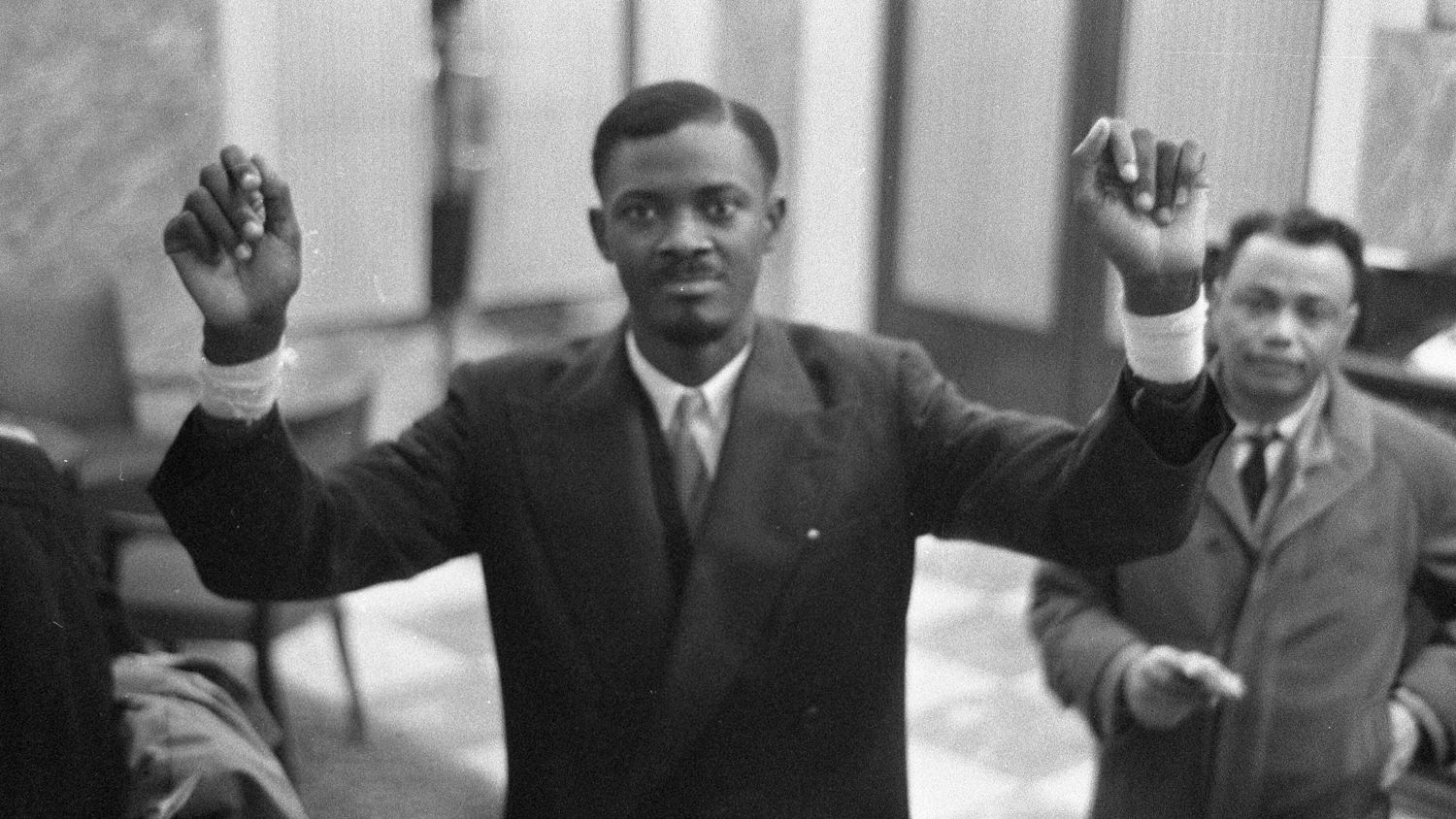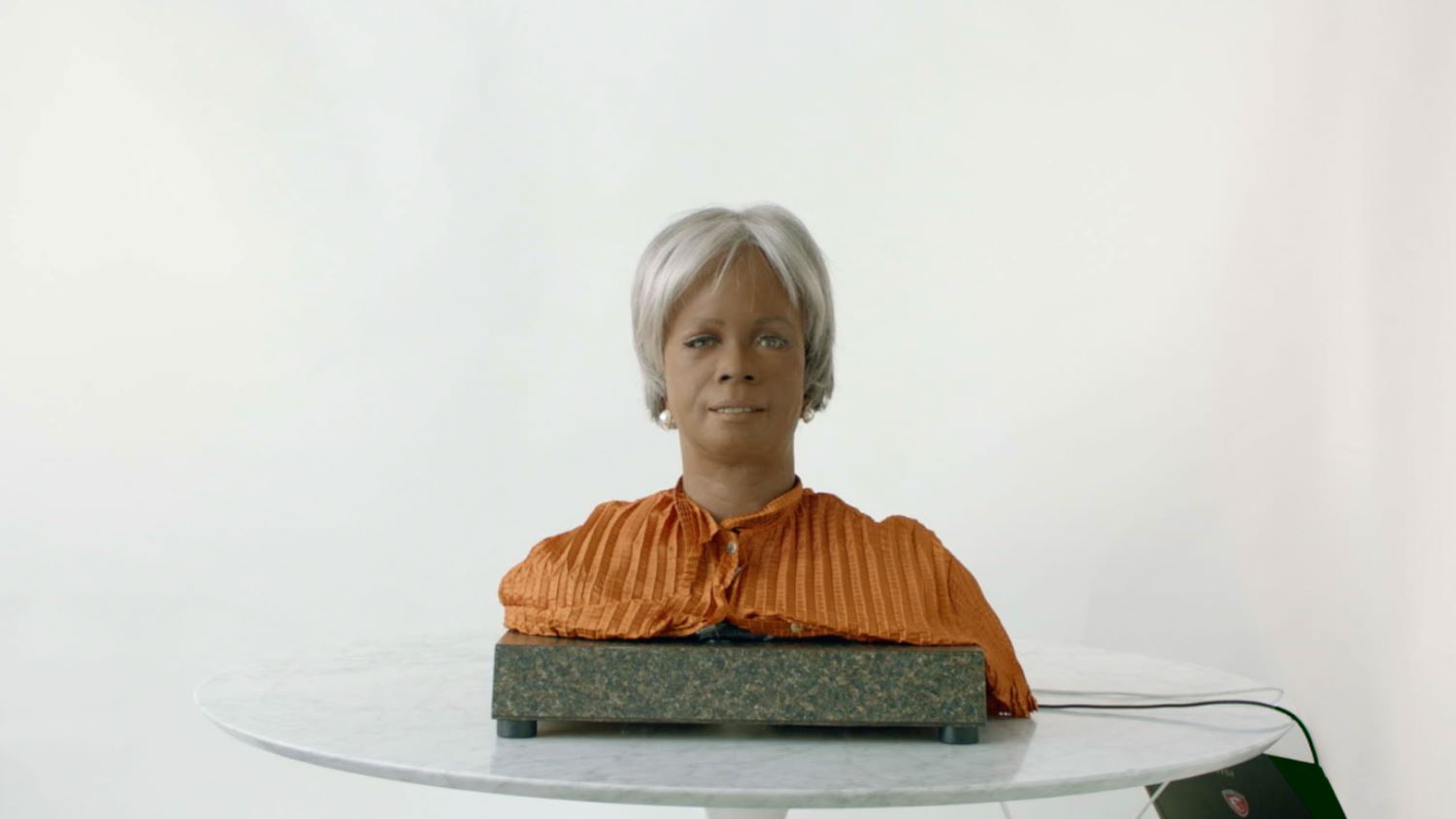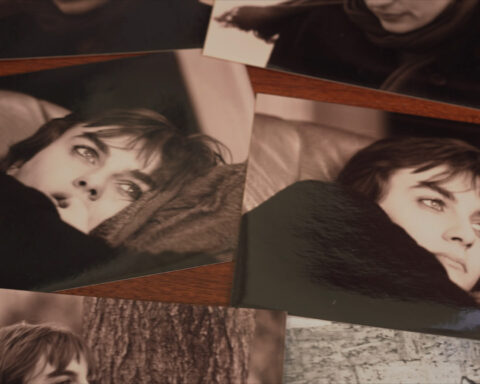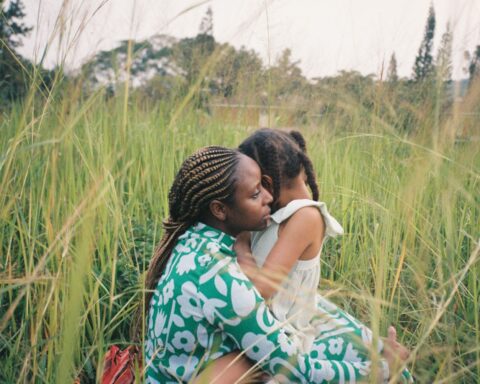The Greatest Night in Pop
(USA, 96 min.)
Dir. Bao Nguyen
Programme: Sundance Special Screening (World Premiere)
There came a time when a group of artist heeded a call and came together as one. Following Bob Geldof and Midge Ure’s Band Aid single “Do They Know It’s Christmas?” released in December 1984, the likes of Harry Belafonte and music industry insider Ken Kragen elicited the superstars of mid-’80s popular music to craft their own response to the ravages of drought and famine besieging Africa, promising to help feed the world through the power of a hit song.
And so on January 21, 1985, following the American Music Awards, dozens of megastars gathered at L.A.’s A&M studios to record a charity single. The so-called Greatest Night in Pop took place with Michael Jackson and Lionel Ritchie writing the tune, Quincy Jones herding the cats and conducting the choir, and the likes of Stevie Wonder, Bob Dylan, Bruce Springsteen, and Diana Ross bringing their star power and vocals.
Coincidentally, and before Bao Nguyen’s film was announced for Sundance, I’d actually spent some time this holiday season nostalgically going back over some of the footage from that January night. There’s an old DVD release that contains the making-of the single, as well as another film that showcases Belafonte and Kragen headed to Africa themselves, coming to terms with the scale of the situation, and humbled that simply throwing money around will not result in the sudden decrease of infant mortality and the suffering of people in the region.
While clips from some of this trip appear in this new retelling, any of the ambivalence about the early days following the success of the single on the charts are left aside. That same classic disc contained many outtakes, including raw session performances that showed the late-night efforts to get things down on tape. These are also interwoven throughout the latest film, and thanks to contemporary contextualization, are made that much richer.
A series of new interviews from the likes of Ritchie, Springsteen, Cyndi Lauper, Smokey Robinson, Sheila E., and others provide welcome reflections on the highs and lows of that night. Ritche’s recollections are the most welcome, as he articulates the working relationship with the mercurial Michael Jackson, answers why the initial impulse to co-write with Stevie Wonder faltered, and even speaks to events such as when Waylon Jennings left in disgust. It’s this elements of colour, with more subtle reflections benefiting from the distance from the event, which gives Nguyen’s film much of its power even for those who thought they knew the whole story.
Of course, the major benefit from watching The Greatest Night in Pop is for those for whom much of this will be new. The way that Wonder and Dylan craft his performance is sublime, one of those wonderfully electric moments that’s a rare treat to witness. The way that Lauper’s own performance is shaped is also terrific, and the recognition that it’s her necklaces that are interfering with the sound capture provides some levity.
We see the dour yet effective speech from Geldof, but we don’t’ hear in this context from the Ethiopians that Stevie Wonder brought to emphasise why they were all gathered there. We see the solo-tracking of Michael Jackson, his voice as clear and powerful as it ever got, but we miss out on the events from days later when Ray Charles was brought in to provide his immense contribution.
Most importantly, the record is set straight on the potential of Prince’s involvement, rumours of which have swirled for decades. First, there’s confirmation that Huey Lewis took over the part, and his self-effacing interview is as welcome as the powerful performance he was able to fill in with that day. It’s here that Sheila E.’s contribution is the most welcome, as she’s able to state how she felt ostensibly being used as bait to woo Prince to the sessions that night. In the midst of all this goodwill and ego-checking, there were still feelings that could be hurt. The mechanisms of the music industry were still callous when duty called.
For those that haven’t seen the initial sessions with Greg Philinganes, Louis Johnson, and John Robinson laying down the basic tracks as MJ, Stevie, and Lionel perform, you’ll be in for an absolute treat. I’ve long wanted to hear this instrumental session in full, let alone the various cassette demoes made at Jackson’s home with Ritchie on piano. When Stevie is in studio, preaching the song’s changes with the gravitas of gospel, it’s a reminder how the core of this track is a very solid tune. Beneath the ’80s’ production that sugarcoated much of the musical moments, it’s a damn good song from a couple of legends.
There are other elements that are filled in, such as why Al Jarreau’s performance was so unsettled and jarring (and, as is now made clear, re-tracked at a later date), including a surreptitious shot of a hidden bottle of wine. It’s great to get on camera Tom Bähler, the esteemed vocal arranger and industry veteran who played a major role in selecting the soloists and deciding the order in which they would perform. It’s great to hear from the camera people who were there to capture in real time the images that would make up the original music video, pointing their lenses inches away from history-in-the-making. Heck, even the inclusion of Dan Aykroyd is somewhat explained as a member of the production staff admits to inviting him.
Following the recording of the single were months of mixing and re-recording, but the core event, that single where some of the biggest stars of the era gathered, remains a milestone in the history of American popular music. Later that year in July would be the Live-Aid concerts, and soon the notion of the charity single would be almost commonplace.
Since watching The Greatest Night in Pop, I’ve once again had the song in my head, particularly the unused earworm that Jackson wanted to include until they were reminded that people in Ethiopia don’t speak Swahili. These tiny details bring the story to life, and through the various interviews, the deft use of archival material, and the genuine historic importance of this event, it’s great that the story endures for future generations. Beyond the cynicism and blown-out hair dos, one sees in The Greatest Night in Pop the power to affect the lives of millions of people, and somehow, implausibly, the power of a song truly made the world just a better place for you and me.




